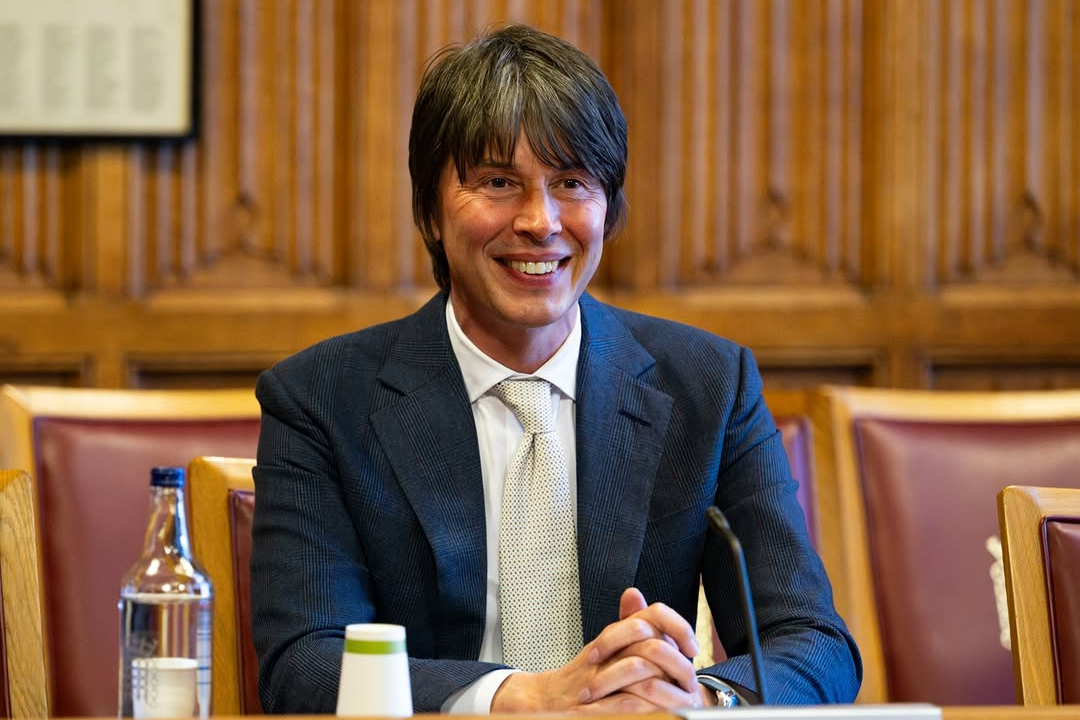In a new interview, Sir Daniel Day‑Lewis calls out fellow actor Brian Cox for dragging him into a heated debate over Method acting, rejecting Cox's claims that Day‑Lewis influenced co‑star Jeremy Strong. The row raises fresh issues around artistic techniques, reputational risk, and the financial consequences of public creative feuds.
Daniel Day‑Lewis Pushes Back Against Brian Cox Over Method Acting Row
Sir Daniel Day‑Lewis, returning to screens in the upcoming film Anemone, has spoken candidly about what he describes as a “handbags‑at‑dawn conflict” with Brian Cox. In remarks to The Big Issue, he stated:
“Listen, I worked with Brian Cox once and got somehow drawn into this handbags‑at‑dawn conflict inadvertently. Brian is a very fine actor who’s done extraordinary work. As a result, he’s been given a soap‑box… which he shows no sign of climbing down from. Any time he wants to talk about it, I’m easy to find.”
Cox has previously criticised the Method acting approach, particularly in relation to Jeremy Strong, suggesting that Strong picked up the technique from Day‑Lewis. Day‑Lewis strongly disagrees. He told The Big Issue:
“If I thought during our work together I’d interfered with his working process, I’d be appalled. But I don’t think it was like that. So I don’t know where the f—‑ that came from.”
He also characterised much of the commentary around Method acting as misinformed:
“I can’t think of a single commentator who’s gobbed off about the Method that has any understanding of how it works and the intention behind it… They focus on, ‘Oh, he lived in a jail cell for six months.’ Those are the least important details… So it pisses me off this whole ‘oh, he went full Method’ thing. What the f—, you know? Because it’s invariably attached to the idea of some kind of lunacy.”
This public spat touches on deep‑seated tensions in acting culture: between immersive craft and the perception of excess. It also puts a spotlight on how reputational narratives—actor versus actor, technique versus criticism—can escalate into full‑blown media storms.
Why This Matters Beyond the Red Carpet
Although this story centres on creative practice, it holds relevance for CEOs, CFOs, and board members in the entertainment, media, and talent‑management sectors. Here’s why:
1. Reputational Risk = Financial Risk
In today’s social‑media‑driven environment, public disputes like this can affect brand value, talent relationships, and stakeholder confidence. If a major star is caught in negative headlines or “behaviour” debates, studios and production houses may face elevated insurance premiums, higher budget contingencies, and possible casting churn.
2. Contractual & Legal Exposure
While this particular conflict isn’t yet a lawsuit, creative industry contracts often contain morality, image, and behaviour clauses. In extreme cases, disputes around technique, on‑set behaviour, or peer allegations can trigger arbitration, termination, or litigation. A public row raises the possibility of indirect legal exposure—say, if talent claims disruptive behaviour or a studio faces reputational harm.
3. Investment & Production Planning
Large budgets hinge on stable production environments. If a lead actor’s method or preparedness becomes headline fodder, investors may demand higher oversight, deal terms may include stricter behavioural warranties, and marketing may need reframing. According to analysis reviewed by CEO Today, even a seemingly “artistic” debate can ripple into budgeting, risk‑management, and return‑on‑investment (ROI) models.
4. Talent Management & Corporate Culture
For media companies and agencies, the culture around how talent works—collaboration, methodology, respect for others’ process—matters. A public conflict of this nature signals fault lines in workforce culture, creative autonomy, and leadership oversight. It may even become a board agenda item for human‑capital strategy.
The Wider Backdrop: Method Acting Under Fire
The technique of Method acting—most famously associated with Day‑Lewis—has long been controversial. Originating from Lee Strasberg’s adaptation of Konstantin Stanislavski’s system, it emphasises deep emotional immersion. (vanityfair.com)
Brian Cox has publicly connected his criticism of Strong’s approach to his view that the Method can be disruptive to ensemble work, stating concerns that “you can’t live in it. Eventually, you get worn out.” Day‑Lewis rejects this portrayal of his process as “lunacy” or indulgence, insisting the intent is professional rather than theatrical excess.
Thus the conflict between Day‑Lewis and Cox is more than personality clash—it’s a proxy war over how serious actors should approach their craft, how crews should accommodate intense methods, and how reputations can be shaped (or distorted) by interpretation.
What Happens Next? For CEOs and Creative Leaders
-
Monitor talent contracts: Ensure clauses around behaviour, collaboration, and public commentary are up‑to‑date.
-
Assess marketing & PR risk: A creative dispute can easily become a headline, affecting box‑office or streaming launch performance.
-
Review production governance: Boards of media companies may ask for oversight of high-risk shoots with “Method” actors or unusual process demands.
-
Re‑evaluate insurance and budgeting models: Insurers may flag projects with known “intense‑process” talent as higher risk; budgets may need contingency buffers.
In short: the spotlight on Day‑Lewis and Cox reminds us that creative‑industry boardrooms cannot ignore what happens on set or in press tours. Reputation, finance, legal oversight, and culture all intersect—and so any public dynamic between stars becomes squarely a business concern.














